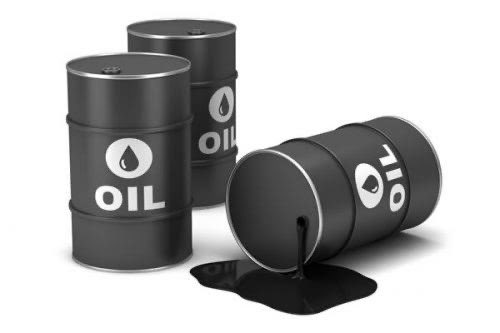Crude oil prices continued their upward trajectory on Tuesday, driven by mounting geopolitical tensions in Europe and the Middle East, as well as fresh concerns over global supply disruptions.
Brent crude rose to \$64.85 per barrel, while West Texas Intermediate (WTI) climbed to \$62.82 per barrel, extending Monday’s nearly 3% surge.
Analysts attribute the rise to escalating tensions between Russia and Ukraine, which have raised fears about the security of Russian oil infrastructure and exports. Simultaneously, negotiations between Iran and the United States over reviving the 2015 nuclear deal appear to have stalled. According to diplomatic sources cited by Reuters, Iran is poised to reject the latest U.S. proposal, particularly over demands to halt uranium enrichment. A collapse in talks could mean U.S. sanctions on Iranian oil exports will remain, limiting Tehran’s sales largely to China and restricting global supply from a key OPEC member.
Meanwhile, in Canada, wildfires in Alberta have forced the shutdown of approximately 350,000 barrels per day in production—around 7% of the province’s output—adding further strain to already tight market conditions.
The recent decision by OPEC+ to modestly increase output, rather than implement a significant boost, also contributed to bullish sentiment among traders. The restrained approach prompted short-covering and strengthened investor confidence in oil markets.
A weakening U.S. dollar added further momentum to price increases. As the dollar declines, commodities like oil become cheaper for buyers using other currencies, increasing demand. Bloomberg reports that market expectations of continued dollar weakness could support commodity prices further in thed ays ahead.







